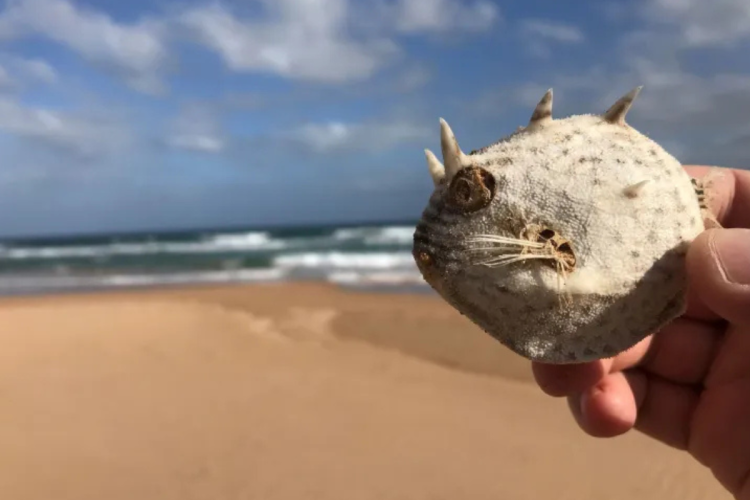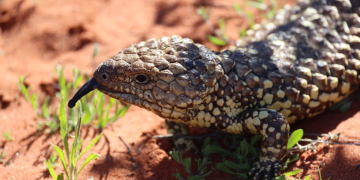Foamy water, fish deaths and beach walks – here’s what SA’s algal bloom means for swimmers, surfers and seafood lovers.
If you’ve walked along the beach lately and seen foam, discoloured water or dead fish, you’re not alone. A large natural algal bloom is affecting South Australia’s coastline – and yes, it looks confronting.
Here’s what you need to know (and what’s just online panic).
First things first: what actually is an algal bloom?
This particular algal bloom is caused by a naturally occurring marine algae called Karenia.
It’s part of a group called harmful algal blooms (HABs), which form when ocean conditions – like warmer water and nutrient levels – let algae grow quickly and spread.
This bloom first appeared off the Fleurieu Peninsula in March and has since spread along the coast – now affecting metro beaches, the Port River, West Lakes, Kangaroo Island, southern Yorke Peninsula and the Coorong.
While Karenia isn’t toxic to humans, it’s been deadly for marine life – affecting more than 400 species of fish, sharks, rays, shellfish, seahorses and other creatures.
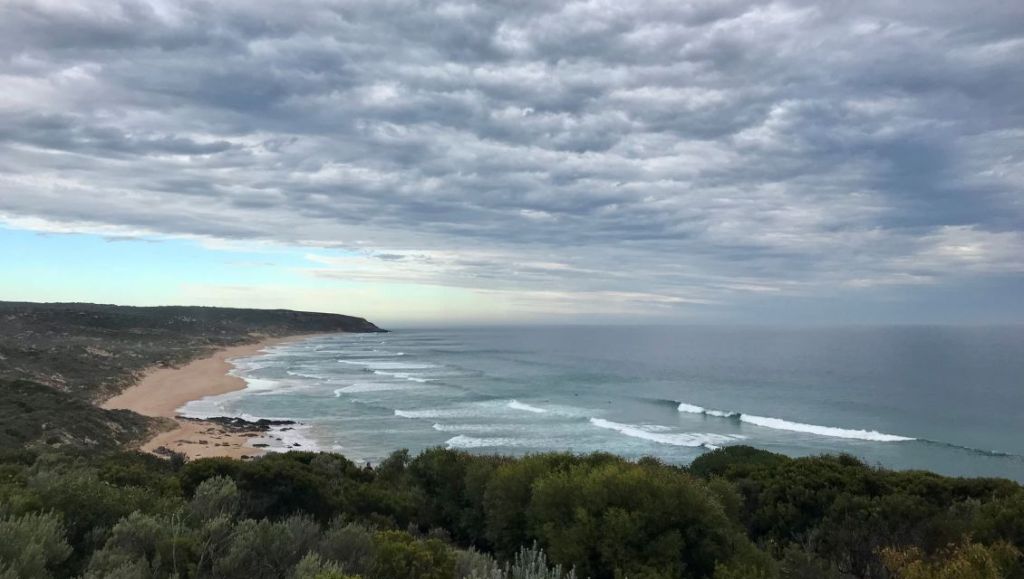
Why is this happening now?
Scientists believe a mix of three factors created the perfect storm:
- A marine heatwave, with ocean temperatures around 2.5°C above average since September 2024
- Nutrient-rich water from the 2022–23 River Murray flood entering the sea
- A rare cold-water upwelling last summer, which brought even more nutrients to the surface.
These kinds of blooms have happened before in SA – including at Coffin Bay in 2014 – but the scale of this one is bigger and more widespread.
Can I still swim or surf?
Yes – but avoid swimming or surfing in water that looks discoloured, foamy, or where there’s dead marine life. If in doubt, stay out.

What if I’ve already been in the water?
Don’t panic. For most people, any symptoms like eye or skin irritation, coughing or a tight chest will go away within a few hours.
If you feel unwell:
- Rinse off in clean water
- Head indoors and close windows
- See a GP if symptoms don’t go away – or call 000 in an emergency.
People with asthma should follow their usual management plan just in case.
What if I’m just going for a walk?
It’s fine to visit the beach — but steer clear of the water if it looks off.
And if you’re walking through a national park, follow signs and listen to National Parks and Wildlife Service rangers.
If you feel unwell after being outdoors – things like irritation, coughing or shortness of breath – head inside, rinse off, and close the windows.
If symptoms stick around or get worse, see a GP or call 000.
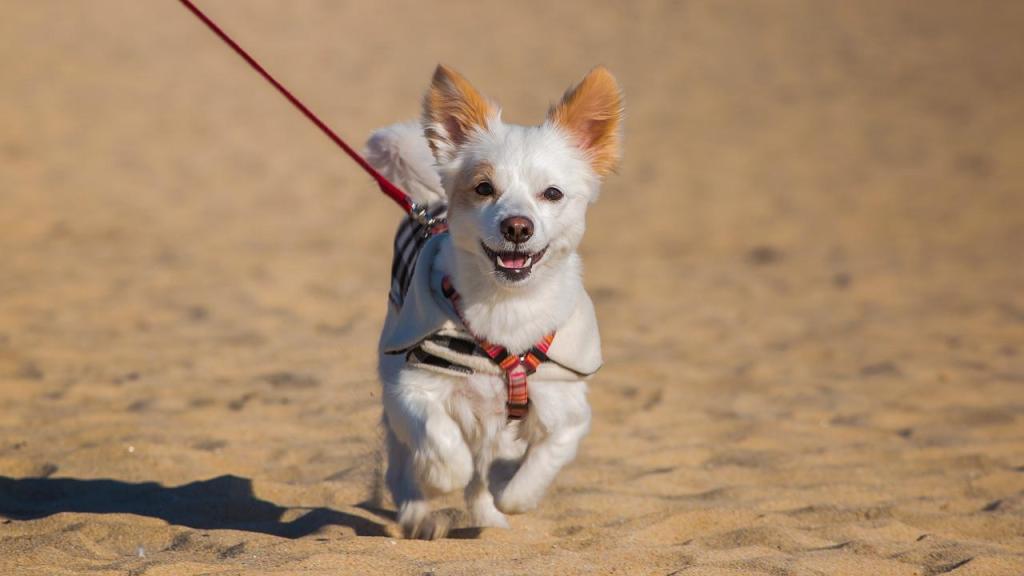
What should I do if I’m walking my dog on the beach?
Keep your pooch on a leash and away from dead fish – eating them can make dogs seriously sick.
Also avoid letting them swim in discoloured or foamy water, or anywhere you see dead or struggling marine life.
Can I still eat seafood?
Yes – fish caught alive and seafood from monitored harvesting zones are safe to eat. But:
- Don’t eat any dead fish, cockles or shellfish you find washed up
- Avoid foraging or collecting shellfish from affected beaches
- Commercial oyster and pipi harvesting has been paused in some areas as a precaution – but seafood in shops and restaurants is safe thanks to strict monitoring.
Is it safe for dolphins, too?
The algae has been detected in the Port River, home to the Adelaide Dolphin Sanctuary.
Right now, the dolphins are not believed to be at immediate risk, but their water quality is being closely monitored by rangers and researchers.
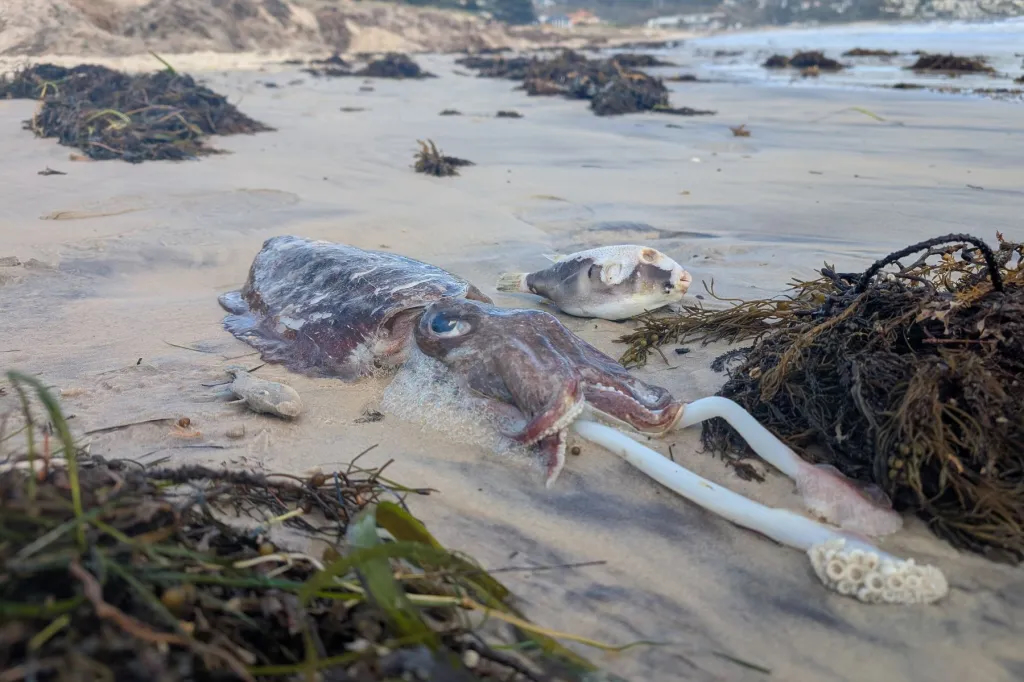
Is this going to go away?
It will – but no one can predict exactly when. Blooms like this usually fade after a few weeks or months, depending on wind, rain and sea temperatures.
It’s expected to ease when strong westerly winter winds return, but SA’s run of calm weather has delayed that.
There’s no quick fix – we can’t chemically treat or flush the ocean, so nature has to do the work.
So… should we be worried?
This bloom has had a serious impact on marine life and the industries that rely on it – especially fishing, aquaculture and tourism.
But for the average beachgoer, you’re not in danger if you follow public health advice.
And unlike some online posts suggest, this isn’t a man-made toxin spill or a government cover-up.
This is a natural phenomenon, made worse by unusually warm water and nutrient build-up – and it’s being taken seriously.
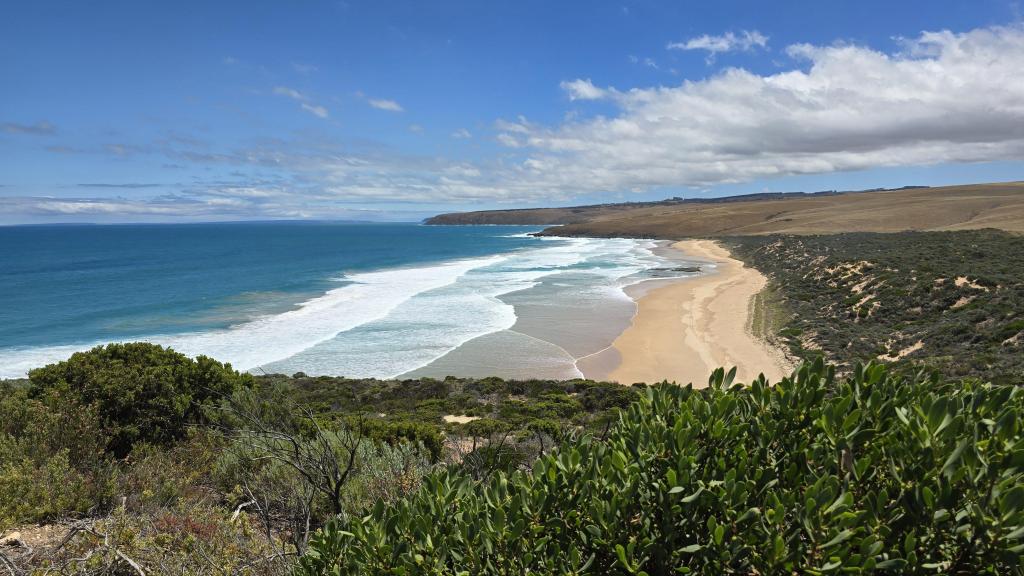
What’s being done?
A statewide taskforce has been set up, bringing together scientists, health and environment agencies, industry reps, and First Nations voices.
Here’s what’s happening behind the scenes:
- 18 sites across Adelaide and SA are tested every week for algae levels
- Underwater drones are helping track the impact on ecosystems
- Scientists from SA, interstate and New Zealand are working together to improve monitoring and prep for future blooms
- Harvest areas are closed or reopened based on real-time testing.
What support is available for affected communities and industries?
In late July, the SA and Australian Governments announced a $28 million support package to help communities, industries and ecosystems recover. That includes:
- $8.5 million for better monitoring and early detection
- $2 million for a new national testing lab in SA
- $3 million for rapid assessment of fish stocks
- $3 million in grants for community recovery projects
- $1 million to help local councils clean up beaches.
There’s also funding to analyse citizen science data and develop a response plan for future bloom events.
This builds on earlier support, including fee relief for licence holders and $1,500 payments to impacted primary producers.
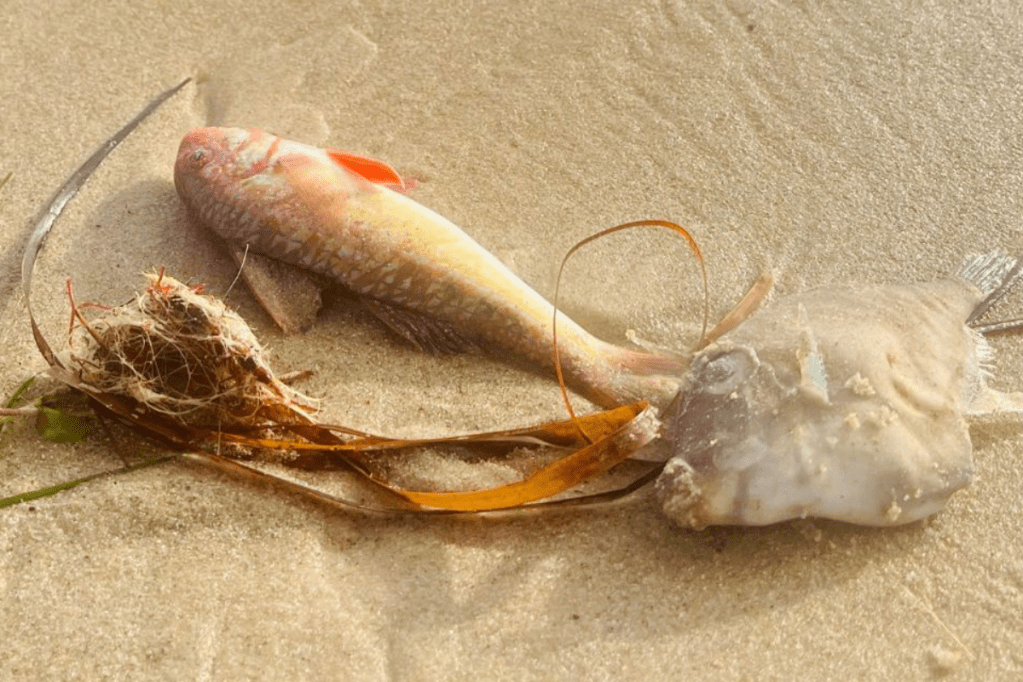
What help is there for small businesses?
Eligible small businesses can access grants of up to $10,000, along with financial counselling, mental health support and workforce advice to help them recover and plan ahead.
A statewide info campaign is also rolling out, with new signage, a central hotline and weekly briefings to keep communities and visitors up to date.
Who do I contact if I see dead fish or wildlife?
- Fish deaths: Call FISHWATCH on 1800 065 522
- Other marine wildlife (like dolphins or seals): Contact your local National Parks and Wildlife Service office.
Where can I get the latest info?
Because conditions change quickly, the best way to stay up to date is via the official South Australian government hub. You’ll find the latest health advice, maps, seafood safety info, and where to report concerns.


